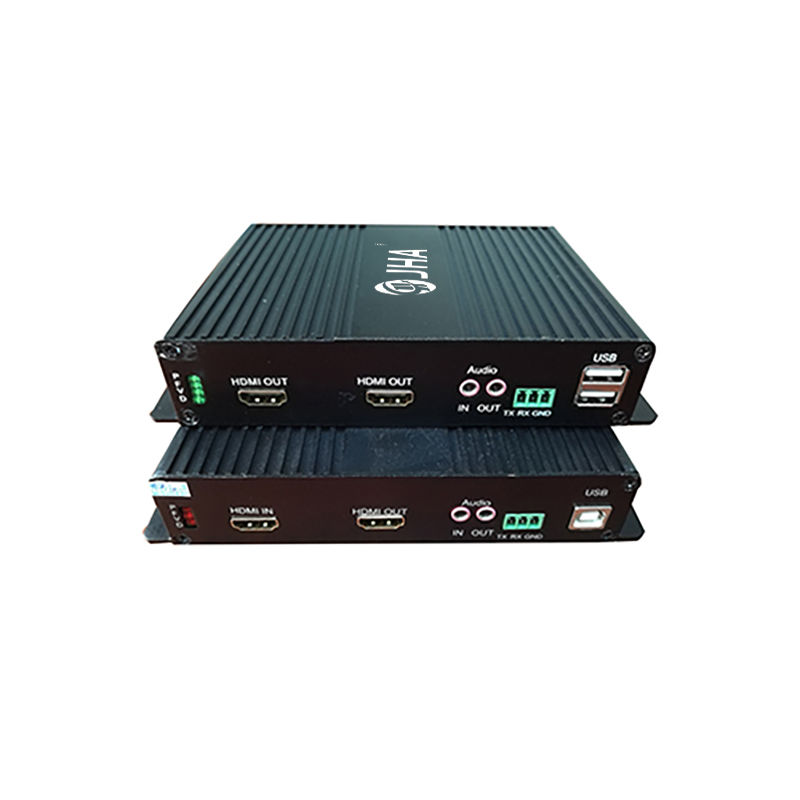Failure and solution:
No video signal:
1 Check whether the power supply of each device is normal.
2 Check whether the video indicator of the corresponding channel at the receiving end is on:
A: If the indicator light is on (the light on proves that the channel has video signal output at this time). Then check whether the video cable between the receiving end and the terminal equipment such as the monitor or DVR is well connected, and whether the video interface connection is loose or there is false welding.
B: The video indicator on the receiving end is off. Check whether the video indicator of the corresponding channel on the front end is on. (It is recommended to power on the optical receiver again to ensure the synchronization of the video signal)
a: The light is on (the light on indicates that the video signal collected by the camera has been sent to the front end of the optical transceiver). Check whether the optical cable is connected and whether the optical interface of the optical transceiver and the optical cable terminal box is loose. It is recommended to plug and unplug the fiber interface again (if the pigtail is too dirty, it is recommended to clean it with cotton alcohol and wait for it to dry before plugging in).
b: The light is off. Check whether the camera is working properly and whether the video cable from the camera to the front-end transmitter is connected reliably. Whether the video interface is loose or has false welding, etc
If the above method can not eliminate the fault and there are equipment of the same model, you can use the replacement inspection method (requires the equipment to be interchangeable), that is, connect the fiber to the other end working receiver or replace the remote transmitter to accurately determine Faulty equipment.
Picture interference:
This situation is mostly caused by excessive attenuation of the optical fiber link or excessively long front-end video cable caused by AC electromagnetic interference.
1. Check whether the pigtail is excessively bent (especially in the case of multi-mode transmission, try to unfold the pigtail and avoid excessive bending).
2. Check whether the connection between the optical port and the flange of the terminal box is reliably connected and whether the flange core is damaged or not.
3. Whether the optical port and pigtail are too dirty, clean them with alcohol and cotton, and then insert them after they are dry.
4. When laying lines, try to use 75-5 cables with good shielding and better transmission quality for video transmission cables, and avoid AC lines and other objects that easily cause electromagnetic interference.
No control signal or abnormal control signal:
Check whether the data signal indicator of the optical transceiver is correct.
a: Check whether the data cable is connected correctly and firmly according to the data port definition in the product manual. Especially if the positive and negative poles of the control line are connected reversely.
b: Check whether the control data signal format sent by the control device (computer, keyboard or DVR, etc.) is consistent with the data format supported by the optical transceiver, and whether the baud rate exceeds the range supported by the optical transceiver (0-100Kbps).
c: Check whether the data cable is connected correctly and firmly according to the data port definition in the product manual. Especially if the positive and negative poles of the control line are connected reversely.
Post time: Sep-24-2020






